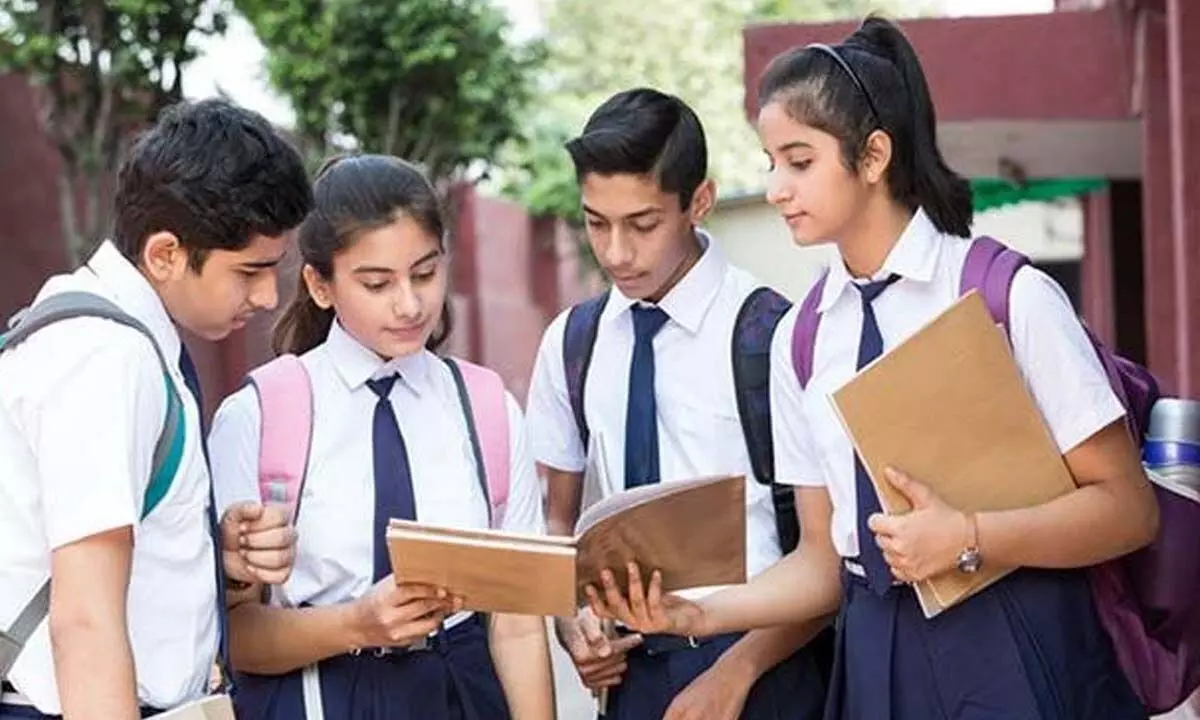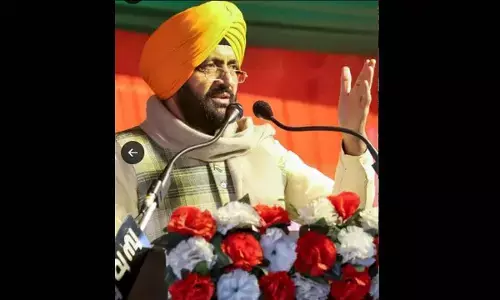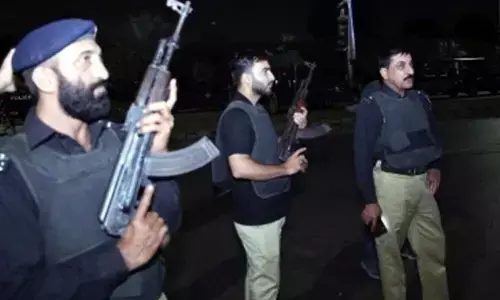Enrolment in higher education increased to nearly 4.14cr in 2020-21

Enrolment in higher education increased to nearly 4.14cr in 2020-21
The total enrollment in higher education in India has increased to nearly 4.14 crore in 2020-21 from 3.85 crore in 2019-20.
The total enrollment in higher education in India has increased to nearly 4.14 crore in 2020-21 from 3.85 crore in 2019-20. Since 2014-15, there has been an increase of around 72 lakh in the enrolment (21 per cent), the All India Survey on Higher Education (AISHE) 2020-2021 stated.
Uttar Pradesh, Maharashtra, Tamil Nadu, Madhya Pradesh, Karnataka and Rajasthan are the top six states in terms of number of students enrolled.
Enrollment has increased in 2020-21 compared to 2014-15 in the specialised universities relating to defence, sanskrit, biotechnology, forensics, design, sports etc. The AISHE report says that among disciplines at undergraduate level, enrollment is highest in Arts 33.5 percent, followed by Science 15.5 per cent, Commerce 13.9 per cent and Engineering & Technology 11.9 per cent.
Among streams at postgraduate level, maximum students are enrolled in Social Science 20.56 per cent followed by science 14.83 per cent.
Of the total enrolment, 55.5 lakh students are enrolled in Science Stream, with female students (29.5 lakh) out numbering male students (26 lakh).
As per response in AISHE 2020-21, about 79.06 per cent of the total students are enrolled in undergraduate level courses and 11.5 per cent are enrolled in postgraduate level courses.The total number of pass-outs has increased to 95.4 lakh in 2020-21 as against 94 lakh in 2019-20.
The Ministry of Education released this survey on Sunday evening. It says that the female enrolment has increased to 2.01 crore from 1.88 crore in 2019-20.
The percentage of female enrolment to total enrolment has increased from 45 per cent in 2014-15 to around 49 per cent in 2020-21. As per 2011 population projections for 18-23 years age group, the gross enrollment ratio (GER) has increased to 27.3 from 25.6 in 2019-20.
The total number of teachers are 15,51,070 of which about 57.1 per cent are male and 42.9 per cent are female. The female per 100 male faculty has improved to 75 in 2020-21 from 74 in 2019-20 and 63 in 2014-15.
The survey revealed that the total student enrolment in the northeastern states is 12.06 lakh in 2020-21 as compared to 9.36 lakh in 2014-15. The female enrolment in northeastern states is 6.14 lakh in 2020-21, higher than the male enrolment of 5.92 lakh.
For every 100 male students, there are 104 female students in NER. The female enrolment outnumbered male enrolment for enrollment time in 2018-19, and the trend continues. A total of 191 new higher education institutions have been established in northeastern states since 2014-15.
The enrolment in distance education is 45.71 lakh (with 20.9 lakh females), an increase of around 7 per ent. Government universities contribute towards 73.1 per cent of the enrollment. Government colleges contribute towards 34.5 per cent of the enrolment.
According to the survey, the highest number of universities are in Rajasthan (92), Uttar Pradesh (84) and Gujarat (83). The college density, the number of colleges per lakh eligible population (population in the age-group 18-23 years) has been 31. This was 27 in 2014-15.
States with the highest college density are Karnataka (62), Telangana (53), Kerala (50), Himachal Pradesh (50), Andhra Pradesh (49),Uttarakhand (40), Rajasthan (40), Tamil Nadu (40).














